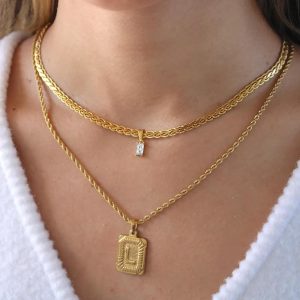For millions of women all across, the abaya printed towers as a sign of humility and cultural legacy. This flowing robe is a statement rather than only attire. An voice. a custom covered in cloth that says so much without words.

Has anyone ever seen an abaya catching the breeze? The soft billowing produces a silhouetrically lovely and enigmatic figure. Though many outsiders perceive merely a black cloak, others who know better notice the complex tapestry of styles, textures, and personal expressions buried inside its apparently simple form.
Look around the busy markets in Riyadh or Dubai and you will find several variances. Some abayas glitter with subdued decorations—small crystals catching light as ladies negotiate packed souks. Others use strong stitching along hemlines or sleeves to create wearable art from otherwise plain cloth.
“My grandmother’s abaya was plain black wool,” one Saudi fashion blogger notes. “Mine opens over jeans and sneakers with hand-stitched butterflies rising up one side. Times vary.
And transformation they have brought about Current designers have transformed this classic outfit. Modern abayas run in navy blues, gentle grays, and even pastel pinks. From hefty winter crepes to light-weight chiffons fluttering in summer heat, fabrics vary. The cut has changed as well; from boxy forms to more fitting designs.
The push-pull between history and invention makes today’s abaya scene so intriguing. Young women aspire to exhibit own style while honoring traditional norms. Fashion houses in the Gulf coast negotiate a tightrope walk with amazing originality.
The price tags reveal yet another narrative completely. While fashionable versions from names like Dolce & Gabbana or local luxury companies can reach hundreds of dollars, basic abayas might cost $50 to $100. This great spectrum captures the garment’s evolution from everyday wear to high fashion statement.
Social internet has changed women’s sharing of abaya fashions. Millions of followers abound on Instagram accounts devoted to abaya fashion. Thousands of views for TikHub videos displaying style techniques These sites have built communities where women trade ideas on anything from fabric maintenance to which designs ideal for various body types.
Let us discuss construction! A well-made abaya calls for very fine workmanship. All of the elements—the flow of the fabric, the seam placement, the material weight—have to cooperate. Years of honing their skills allow designers to produce clothing that seems practically weightless yet preserves shape and covering.
Deeper meaning resides beyond fashion. The abaya marks for many wearers a deliberate decision to put character above appearance. It reminds us daily that inner quality counts more than outward beauty. Others view it as a feminist statement—a rejection of the male gaze in favor of being assessed for intelligence and behavior.
“Wearing my abaya feels like freedom,” a college student says. “My wardrobe worries nothing to me. I am concentrated on my words, my views, my participation to the dialogue.”
Like any strong emblem, the abaya stimulates discussion. Critics call it repressive; advocates defend it as freeing. The actual truth? Sometimes chosen freely, sometimes mandated, always part of a larger cultural discourse about tradition, identity, and personal choice, it is as complicated as the women who wear it.

















